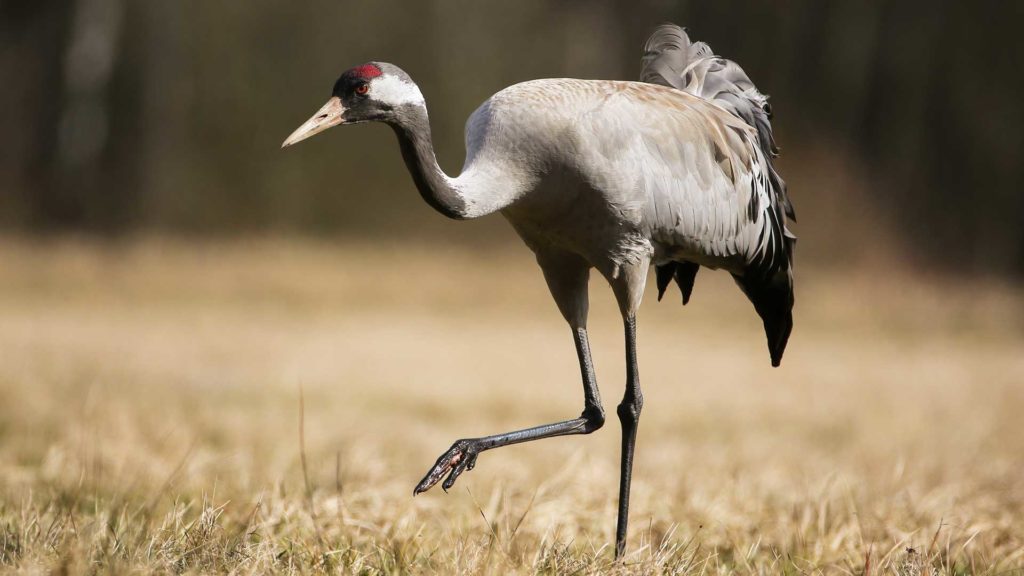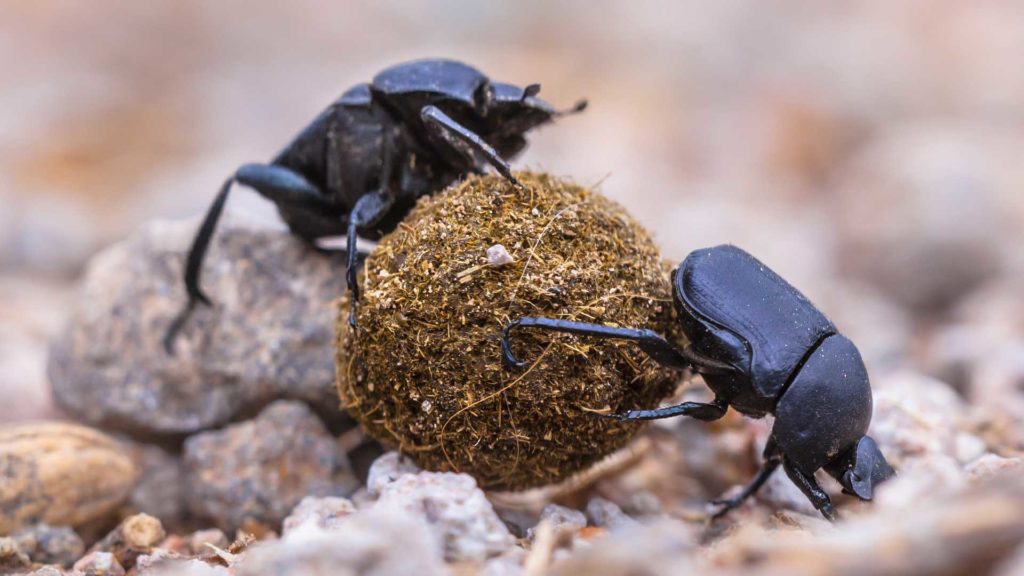Most of Europe is in the temperate climate zone, meaning that temperatures generally stay pretty mild. Many areas within Europe’s temperatures are regulated by the warm water in the Gulf Stream and the Mediterranean Sea. Wind carries the heat of these bodies of water to surrounding land, preventing the air temperature from getting as cold as it otherwise would be. Eastern parts of Europe tend to be colder because there is no nearby Ocean to regulate the temperature.
Arctic Fox
Arctic foxes make dens that they stay in to rest and keep warm. These dens are used through generations of foxes and some are over 300 years old. If an arctic fox can’t find food or the weather gets too cold, it can stay in its den for up to two weeks straight...
Beluga Whale
Belugas are very social animals who typically live together in small groups. They’re very vocal and communicate through a variety of whistles and clicks. Beluga whales are even able to copy many sounds that they...
Bottlenose Dolphin
Bottlenose dolphins are highly communicative and use a combination of vocal communication and body language. Each dolphin even creates its own unique whistle when it’s born that it uses to identify itself. Bottlenose dolphins are very social and have been observed...
Brown Bear
Brown bears hibernate during the winter in order to avoid the cold weather and scarcity of food. In order to prepare, they spend pretty much all of their time during autumn eating so they can store enough fat on their body to get through the winter. During...
Canada Goose
Canada geese migrate south every winter in order to be in warmer locations with more food. They fly in a V-formation which helps them conserve energy for this long trip. This formation is so efficient that a flock of Canada geese can fly up to 1,500 miles (2,414...
Common Crane
Small write up of each animal: Cranes are extremely strong flyers and are able to reach heights of 16,000-26,000 ft (4,900-8,000 meters). They’re fairly social and travel in flocks of up to 400 during migration. Common cranes have lifelong monogamous partnerships...
Common Octopus
Because octopi don't have skeletons they are able to manipulate their bodies to fit into super tight spaces. In addition to their malleability they are also able to change colors in order to camouflage with their environment. When hiding and blending in aren’t...
Dung Beetle
There are three categories of dung beetle based on how they use dung. Tunnelers bury their dung, dwellers live in piles of it, and rollers roll it into big balls. Sometimes after a beetle rolls a ball of dung, other beetles will try to steal it from...
Animal Types

Amphibians

Birds

Fish

Invertebrates

Mammals











